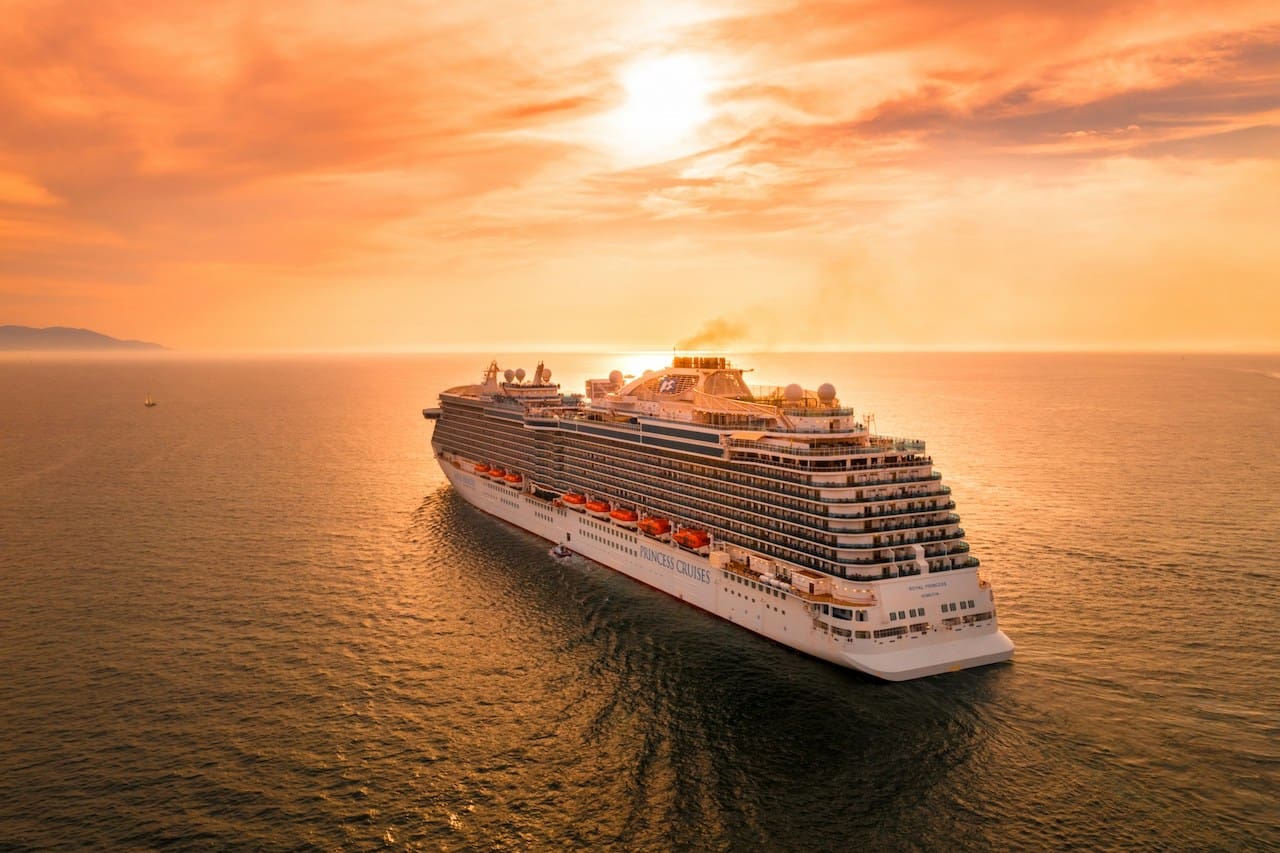Travelling has become more widely accessible thanks to the plethora of travel information at one’s disposal. If you’re looking to visit European countries like Spain, for example, you can take a look at our guide on the several types of Spanish visas, such as a Schengen visa for a short vacation or a work visa for securing a job in the country. Travellers also have a wider array of options for transportation and experiences. While air travel remains popular, for instance, travelling by cruise ship has recently emerged as a viable option, especially for younger travellers. However, a question emerges: While these cruise ships allow you to enjoy long trips and a variety of amenities, do these benefits come at a cost?
The global cruise market was valued at $7.25 billion (£5.67 billion) in 2021 and is expected to grow until 2028, according to a Forbes report. But even as the cruising industry enjoys market growth, concerns are being raised over its environmental impact. A Marine Pollution Bulletin study mentioned that a large cruise ship can leave a carbon footprint greater than 12,000 cars, prompting the need for cruise lines to become more sustainable. Below, we look at the environmental impacts of cruises and how cruise lines mitigate them.
Environmental impact of cruises
Cruise ships are a major producer of waste and toxic emissions. The 2021 Cruise Ship Report Card released by environmental group Friends of the Earth said that cruise ships can likely harm everything they come in contact with, including coastal communities and fragile marine habitats. Research published in Ocean & Coastal Management noted that a medium-sized cruise ship produces 140,808 cubic metres of waste annually, with large amounts legally discharged at sea, which can harm marine biodiversity. Cruises also emit greenhouse gases and tons of toxic smog from their diesel engines, which can be inhaled by passengers and people living in port cities and can affect their health. How are cruise lines responding to mitigate these negative impacts?
Sustainability efforts
Cruise lines are now stepping up to reduce their carbon footprint through investments in sustainable technologies and practices. Explora Journeys has partnered with Italian shipbuilding company Fincantieri to build cruise ships equipped with environmentally supportive technologies for a more sustainable cruising experience. They also make use of the latest selective catalytic reduction technology, which reduces nitrogen oxide emissions by 90%. The company have also banned the use of single-use plastics on their ships to reduce harmful waste. Meanwhile, the Cruise Lines International Association (CLIA) has also announced that they target to achieve net-zero carbon cruising by 2050. To achieve that, the CLIA said that cruise lines are now investing upward of $25 billion to create vessels with improved environmental performance.
How ports are helping
Ports around the globe are also supporting the cruise industry in making progress in environmentally friendly practices. Through partnerships with various cruise lines, ports also take part in building sustainable cruising and destination management. The Port of Dover, the UK’s second busiest cruise port, has launched its ‘Targeting Our Sustainable Future’ initiative, which aims to achieve net-zero carbon emissions by 2025. The port also promotes the use of renewable energy sources and is also sourcing alternative fuels for land-based operations for greener and more sustainable cruising. Le Havre in Northern France has also pledged to make their quays electrified before the end of 2025, enabling ships to turn off their engines at stopovers to reduce carbon dioxide emissions by approximately 100 tons per 12-hour period.
Cruise ships offer passengers a luxurious travel experience, but their environmental impacts cannot be overlooked. Thankfully, cruise lines and ports are heeding the call to create more sustainable practices and initiatives. For more articles like this, visit The Canary for the latest news and updates.




